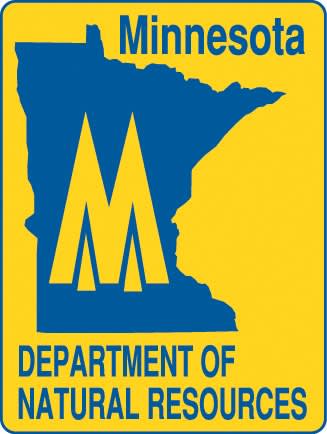Minnesota DNR Urges Landowners to Work Together to Minimize Deer Depredation

With deer season just around the corner, the Minnesota Department of Natural Resources (DNR) is encouraging landowners in southeastern Minnesota to consider their neighbors when deciding whether to allow hunters on their property this fall.
While the southeast’s whitetail herd provides a valuable boost to the region’s economy, drawing hunters from around the state, pockets of high deer densities can spell problems for those who make their living off the land. Too many deer concentrated in some parts of the area may result in crop damage and losses for farmers.
But agricultural producers and other landowners can lessen the severity of crop depredation by working together to harvest more antlerless deer, said Don Ramsden, DNR assistant area wildlife manager. Deer don’t recognize property lines, so it’s important to collaborate with neighbors.
“Focusing on your property alone may not be enough in many cases, so it would be beneficial to talk to your neighbors about the consequences of too many deer,” Ramsden said. “As a landowner, you can be proactive or reactive. Working with others to reduce local herd size now will reduce dollars lost down the road.”
Because most of the land in southeastern Minnesota is privately owned, landowners play a critical role in controlling local deer densities by determining how many hunters they allow on their property, and what the hunters are permitted to harvest.
“The DNR sets seasons and bag limits based on large deer permit areas, but there can be a lot of variation in densities within a permit area based on the quality of the habitat and the amount of hunting pressure,” said Mike Tenney, DNR’s Rochester area assistant wildlife manager. “Landowners share responsibility for what’s happening more locally.”
Tenney encourages landowners to set rules and expectations for those hunting on their land (such as requiring them to take antlerless deer to reduce herd size), and to ask themselves several questions:
- Am I harvesting enough deer from my property?
- How many hunters can my land safely support?
- Am I utilizing all five deer seasons available in southeast Minnesota to maximize harvest (archery, youth, firearms A, firearms B, and muzzleloader)?
With southeastern Minnesota’s rich habitat mix of forests and cropland, there will always be deer, turkeys, squirrels, raccoons and other wildlife, and sometimes that wildlife will damage crops, said DNR’s southeast landowner assistance specialist Clint Luedtke. The key is to use all the tools and techniques available to minimize such damage to a tolerable level.
“The DNR can provide some assistance to landowners experiencing deer damage to field crops, but there are limits to what we can do,” Luedtke said. “The solution to localized problems with deer depredation is for landowners and farmers to work together at managing populations. It takes a partnership.”

